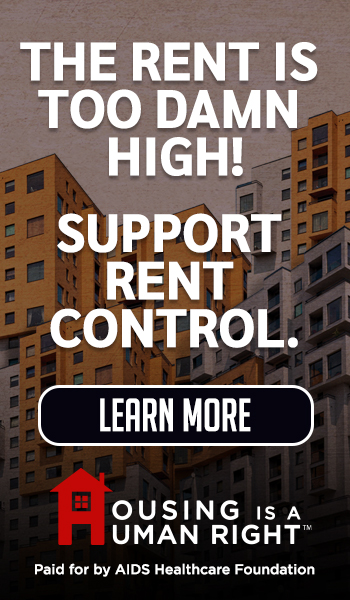Comments
REHAB - Juvenile detention is a system designed primarily with rehabilitation in mind. It’s designed to take young offenders and offer them guidance, some structure, and steer them away from crime once they’re out.
And of course, there should be access to healthcare to a sick person regardless of circumstances, and there should be free tuition for students instead of forcing them (or their parents) into debt for the rest of their lives.
But hey – that’s not the world we live in, is it?
California’s juvenile detention system has a long, infamous history of hiding abuse and/or neglect that happens behind locked doors. And since most people don’t really think about what happens inside these places, it’s not hard to keep it that way. Not until it finally gets out and the headlines explode.
Someone leaks a video, there’s a lawsuit followed by a protest, and suddenly, the public starts to pay attention. And when enough people start asking questions, the system has no choice but to respond.
But can public pressure actually fix the system that’s been broken for decades, or is it only an aftermath response that does little to prevent abuse/neglect?
What Happens When the Public Speaks Up
Until someone decides to speak up, terrible things that happen behind closed doors stay there. But when the public finally steps in, a system that spent years in the shadows is on full display. And when enough people are watching, those who make decisions start to feel the heat.
Media coverage moves fast, especially now with social media. When a story catches fire, it forces county officials, lawmakers, and probation departments to act whether they’re ready or not. One recent example includes the East Mesa juvenile detention sexual abuse lawsuits, where the reports of misconduct caused public outrage. This kind of public response is important because a lawsuit can prompt people to examine more closely how these places are actually run.
And once there’s enough pressure, the system (usually) responds with suspensions, audits, and new rules.
Where the Pressure Comes From
The pressure doesn’t come from inside the system but from the outside. And then it gets louder and louder. People in the community don’t stay silent, and they organize petitions and protests to call out the way kids are treated behind locked doors. A lot of that push is coming from those who have been through the system themselves. When someone shares what happened to them inside, it changes the way people see the issue. It’s no longer a problem with the policy but something personal.
Watchdog groups and nonprofits also play a role. They dig into details, publish reports, and bring out what most officials would rather keep hidden. Their work often causes media coverage and puts pressure on lawmakers to respond.
Parents and kids are going public with stories that are hard to ignore, and youth advocates are using their voices to demand something better. Lawsuits are another part of that pressure because taking cases to court opens everything up – documents, testimonies, timelines…
What was once hidden is now laid out for everyone to see and this is when things start to change.
What’s Changing and What Isn’t
Generally speaking, public pressure has the power to make changes happen. A few facilities have already been shut down, some new rules have been added, and counties have introduced policies that probably wouldn’t exist without public backlash. In certain places, staff received better training, there’s more oversight from the outside, and inspections have become more regular.
These are real wins and they show that things can move when people decide to speak up.
But has the system changed as a whole? Not so much. For every reform that gets announced, there are deeper problems that stay ignored. Some facilities still run like it’s the 1970s, with the same isolation practices, same power imbalance, and same lack of transparency.
A big part of the problem is that change often happens only on the surface. Bureaucracy slows things down and policies tend to protect the system from real accountability. Officials sometimes use the language of reform without actually doing what matters. Even when the public gets really loud, it doesn’t always mean it will force anyone to make lasting changes. Once the attention goes away, the pressure does, too.
This is where most efforts fall short. It’s easy to get a headline, but having long-term results is something else entirely. Reform doesn’t happen just because people are angry. They happen when that anger turns into structure, policy, and persistence.
Conclusion
California’s juvenile detention system isn’t going to fix itself. If we want to see real change, it’s up to the people to make noise, ask questions nobody wants to ask, and refuse to back down long after the press conference ends.
If we give up after the headlines disappear, the system goes back to business as usual, relieved that (once again) things can go back to ‘normal’.
If you’re hoping for real change, start with pressure.
Loud, messy, relentless pressure.
###






